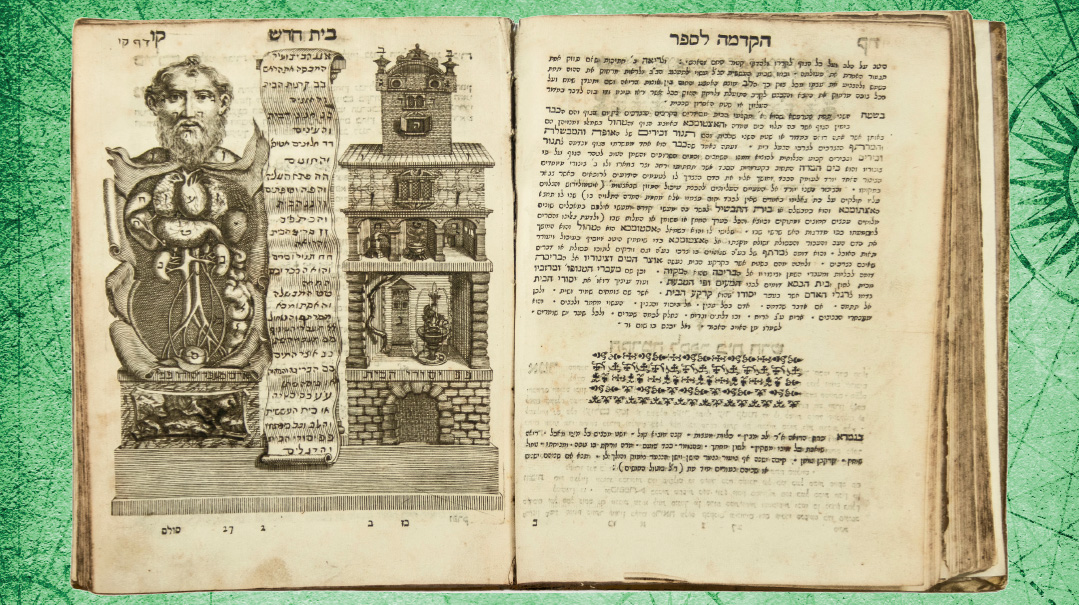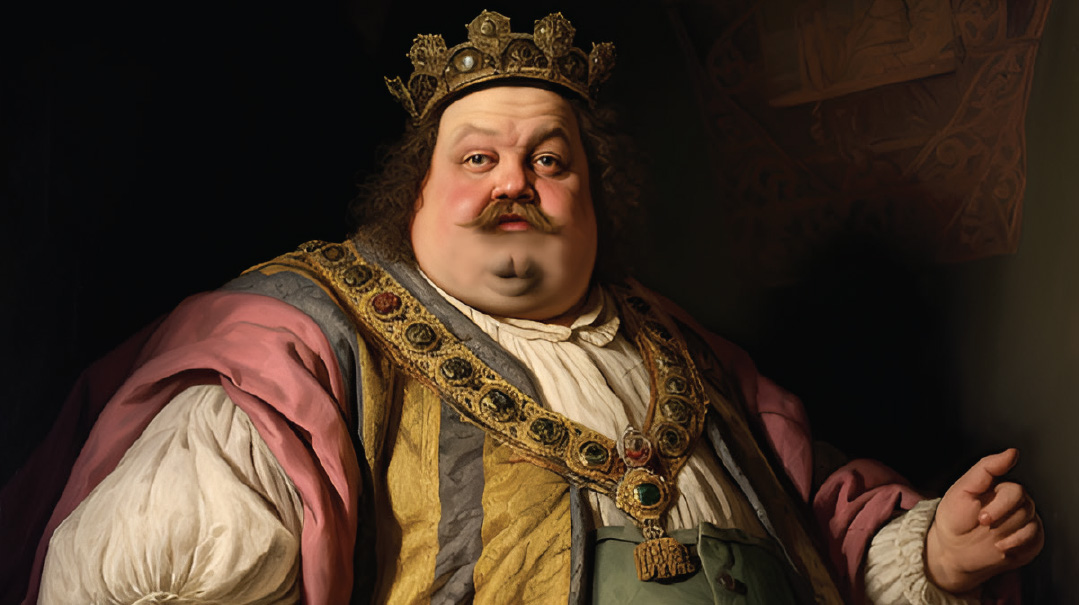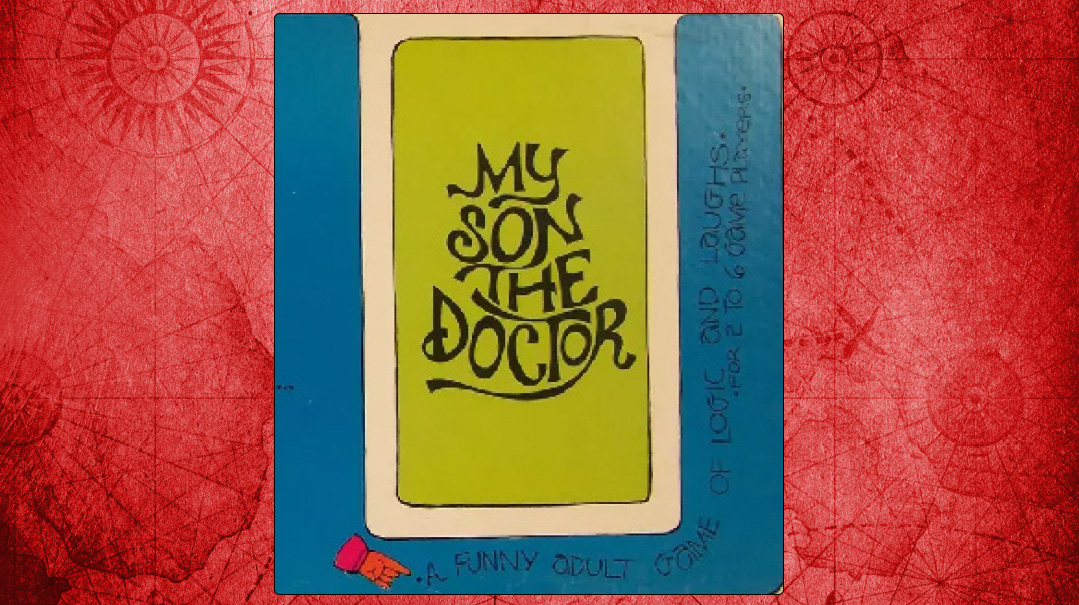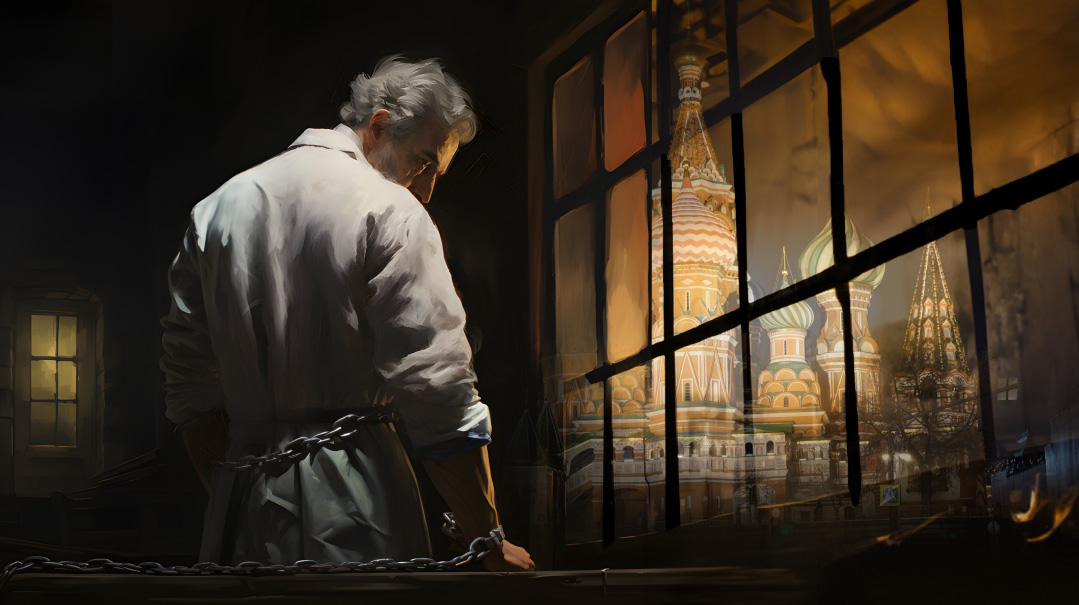Body and Soul

Widely regarded as the most influential early modern Hebrew textbook of the sciences, the book offered a revolutionary compilation of scientific material through the lens of Torah hashkafah

Photo: Genazym Auction House
The most striking element of Maaseh Tuvia, an encyclopedic text spanning theology and diverse areas of science including medicine, astronomy, and anatomy, written in the early 18th-century by Tuvia ben Moshe HaKohein, is the illustration of the human body in the form of a four-story building. The image of the eyes within two windows, the liver within a furnace, and a heart concealed behind enigmatic portals still intrigues viewers today, centuries after the book first appeared.
The book, which first went to print in the year 1707, in Venice, Italy, had the approbations of several rabbinic luminaries, including the av beis din of Berlin and Halberstadt. Widely regarded as the most influential early modern Hebrew textbook of the sciences, the book offered a revolutionary compilation of scientific material through the lens of Torah hashkafah. Throughout the text, even when delving into subjects that might appear distant from matters of faith, such as anatomy or cosmography, Rav Tuvia consistently weaved in concepts of emunah.
We can surmise that he felt an imperative to address the concern that scientific study could potentially estrange someone from their connection with Hashem. In fact, he himself emphasizes the need for a strong foundation in Judaic studies before diving into the scientific realm: “No one from Italy, Poland, Germany, or France should ever consider studying medicine before having completed a deep study of the Written and Oral Law,” he wrote.
Family Roots
Rav Tuvia was heir to a family that held ties to both the rabbinate and medicine, tracing back to his grandfather, Rav Elazar Kohn, who practiced medicine in Kamenetz, Poland. His legacy was inherited by his son, the esteemed rabbi and physician Rav Moshe. But the brutal persecutions orchestrated by the Cossacks during the Tach v’Tat period of 1648 – 1649 forced the family out of Poland, prompting them to seek sanctuary in France. They eventually put down roots in Metz, where Rav Moshe became the community’s rav, and it was there that Tuvia was born in 1652.
Oops! We could not locate your form.







